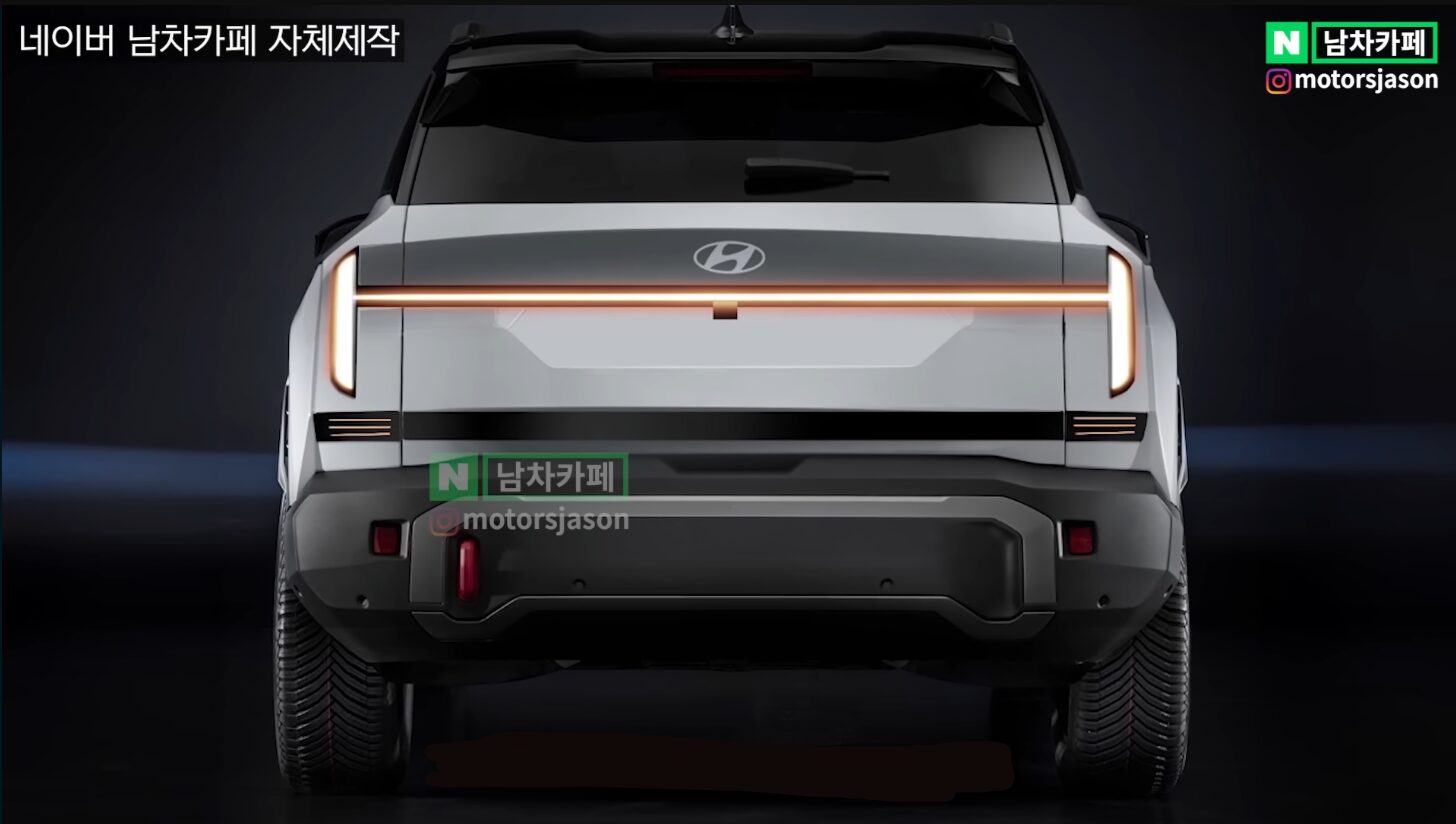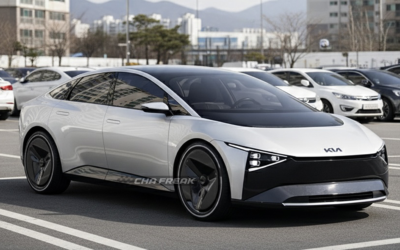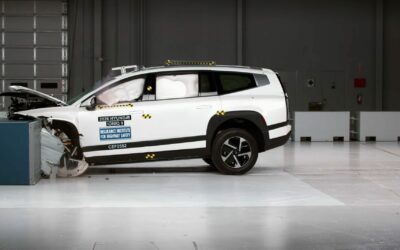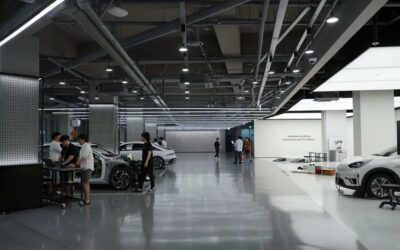The Hyundai Tucson is poised for a revolutionary transformation, and we have the exclusive details on what’s to come. Set for a full reveal in the third quarter of 2026, the all-new Tucson is shedding its old skin for a larger, more aggressive design, and embracing a future-forward approach with an exclusive hybrid and plug-in hybrid lineup.
A Striking Exterior Redesign
Built on Hyundai’s 3rd generation N3 platform, the new Tucson is growing in size, expected to stretch to around 4.7 meters, putting it in the same class as the Kia Sportage. The front of the vehicle will feature a distinctive and futuristic look with thin, vertical daytime running lights (DRLs) positioned at the outer edges of the body, separate from the main headlights below. An H-shaped design element, similar to the one seen on the new Avante, will also be integrated into the front, creating an imposing presence.
The side profile is equally dramatic, with a steeply raked A-pillar and blacked-out pillars that create a “floating roof” effect, a design cue often associated with high-end Land Rover vehicles. The side mirrors are frameless and feature a sharp, angular design with integrated turn signals. To complete its rugged, off-road-ready appearance, the new Tucson boasts angular, blacked-out fender and wheel arches, reminiscent of recent Hyundai models like the Palisade and NEXO.
A Simplified and Tech-Forward Interior
Inside, the next-gen Tucson will feature a clean and minimalist layout, taking inspiration from the new Avante. A wide dashboard will be dominated by a large 16:9 display, creating an open and airy feel. Hyundai has also hinted at a detachable small cluster, offering a new level of customization. The central display will feature a smartphone-like interface and may include detachable physical buttons at the bottom for ease of use.
A New Era of Performance: Hybrid and PHEV Only
In a bold move, Hyundai is discontinuing all pure internal combustion engine models for the new Tucson, making it available exclusively as a hybrid and a plug-in hybrid (PHEV). After 22 years, the diesel engine option will also be retired.
The PHEV model is targeting an impressive all-electric range of 100 km, making it a highly practical option for daily commuting. The standard hybrid version is expected to achieve a combined fuel efficiency of 18-19 km/L, thanks to a new system that incorporates two built-in motors.
Pricing and Release Date
The official unveiling of the new Hyundai Tucson is scheduled for the third quarter of 2026. While the current 1.6 gasoline model starts at 27.29 million KRW, the shift to a hybrid-only lineup will likely result in a higher starting price. It is estimated that the new Tucson will start at around 34 million KRW.





